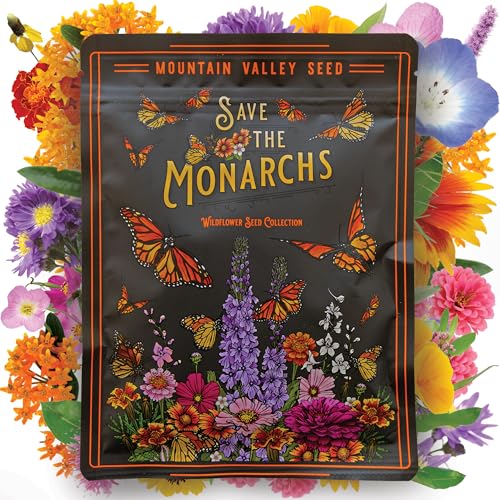You can harvest milkweed seeds in late summer to grow your butterfly-friendly plant collection for free – when and how to collect this bounty
Doing this simple task helps to support the declining Monarch butterfly population
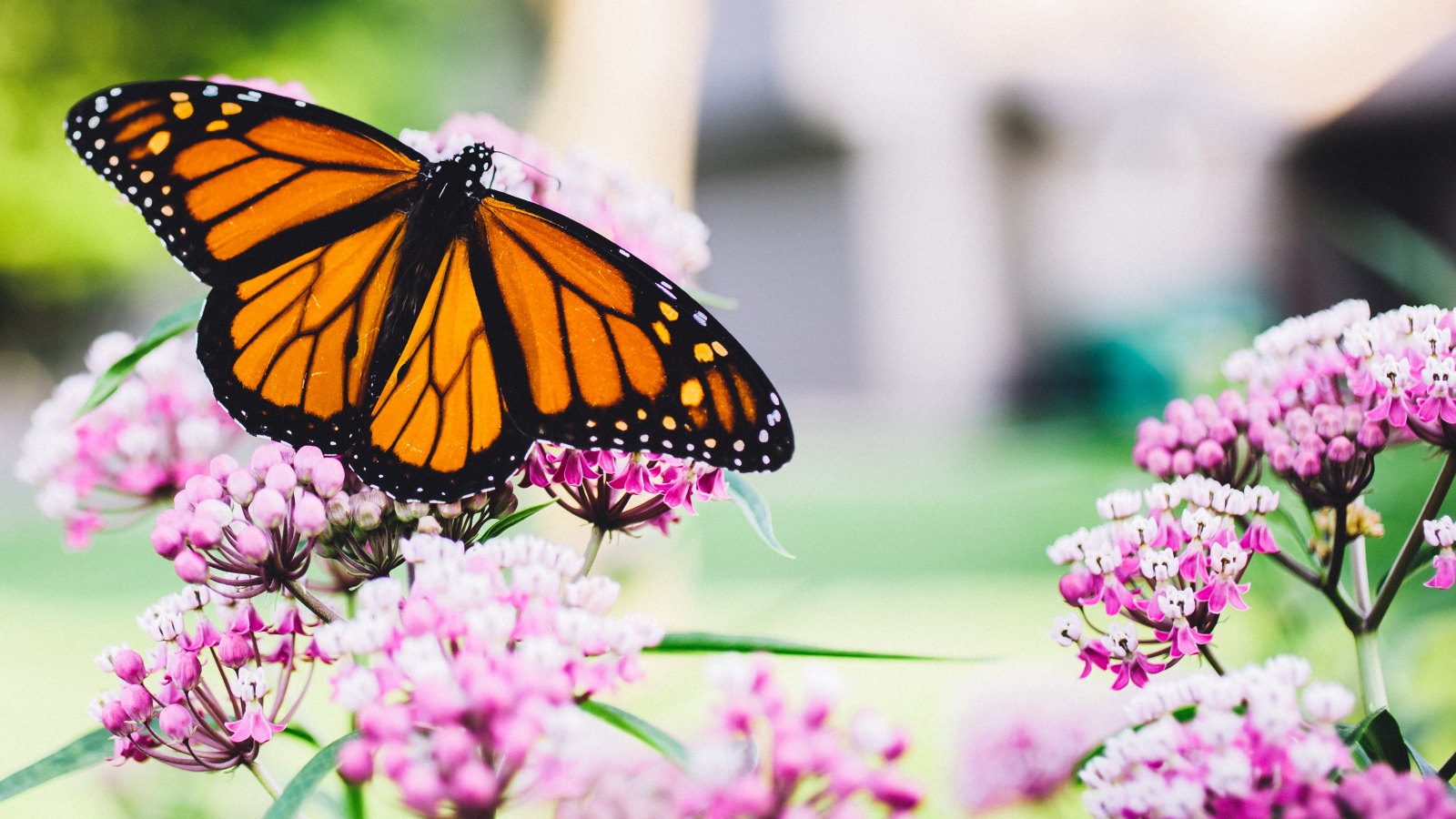
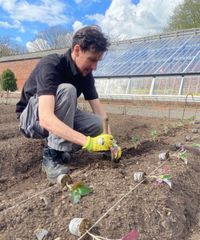
Milkweed is a fantastic plant for pollinators, and one particularly adored by Monarch butterflies. But the Monarchs' population is declining, and gardeners need to stand up and do whatever they can to help.
One key way to do this and help the Monarch population is to harvest milkweed seeds and grow new plants. The more milkweed plants, the better, as they give the insects a habitat to rest and lay their eggs, which they do exclusively on milkweed. A lack of milkweed being grown is contributing to the decline in the number of Monarch butterflies, so let’s do something about it and add it to more of our gardens.
Whether you, a neighbor, or family member grow milkweed, or you see plants by roadsides or in public parks, there are lots of opportunities to collect seeds, and grow new plants for free. The tips here will equip you with the knowledge to harvest milkweed seeds at the perfect time to sow and grow at home and support the endangered Monarch butterflies.
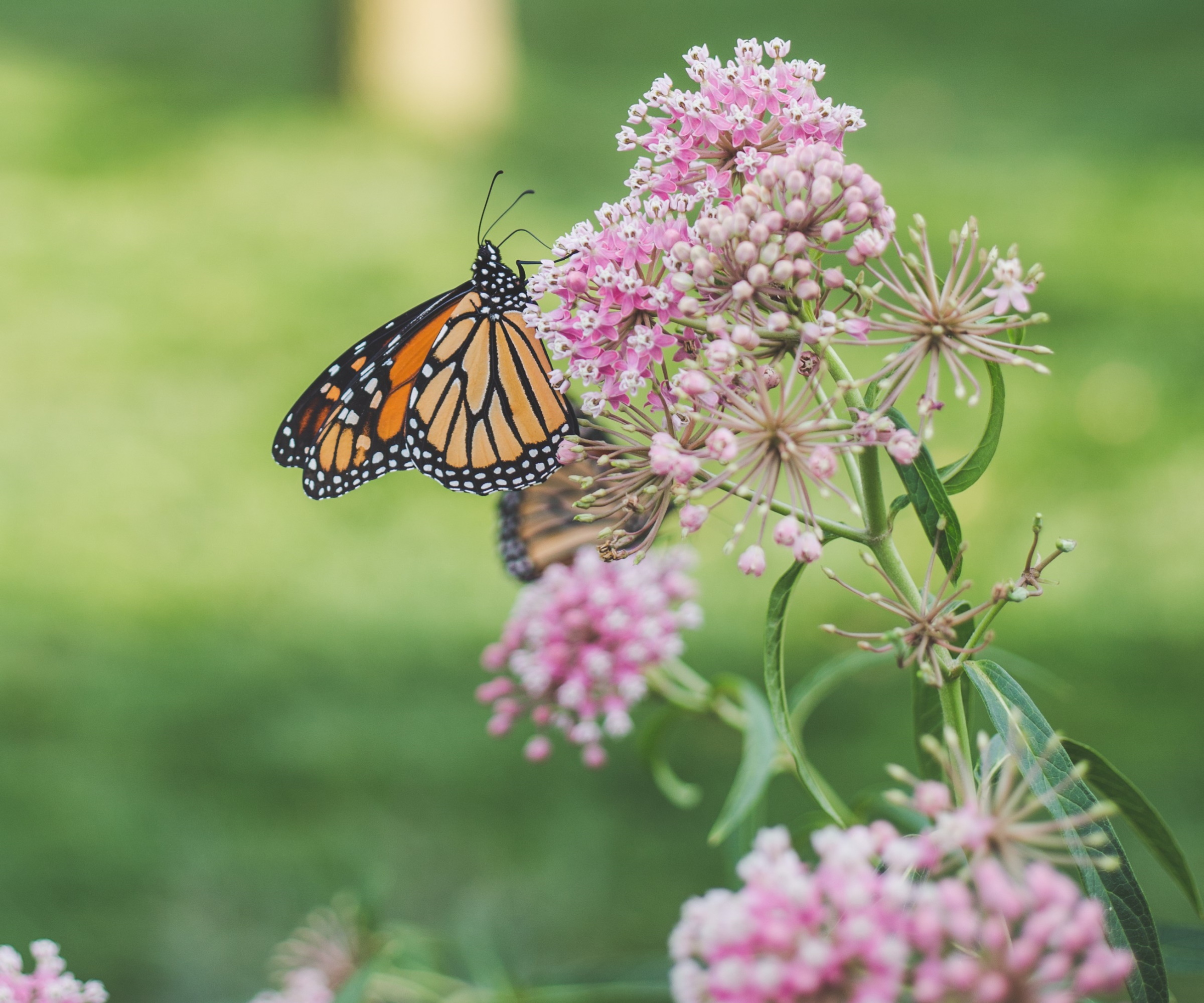
When and how to harvest milkweed seeds of the highest quality
If you aspire to harvest seeds to grow milkweed for monarch butterflies, it is worth understanding that they do prefer certain types of milkweed and lay more eggs on some than others.
Their favorites include native plants such as butterfly weed, common milkweed, whorled milkweed, and swamp milkweed. You can buy butterfly weed seeds at True Leaf Market or get common milkweed seeds at Amazon that will be great for butterflies, but collecting seeds is also a beneficial way to cultivate plants.
Check before collecting seeds whether a particular milkweed is ideal for Monarch butterflies, along with whether you have permission to collect seeds if you are targeting plants on public land.
When to harvest milkweed seeds
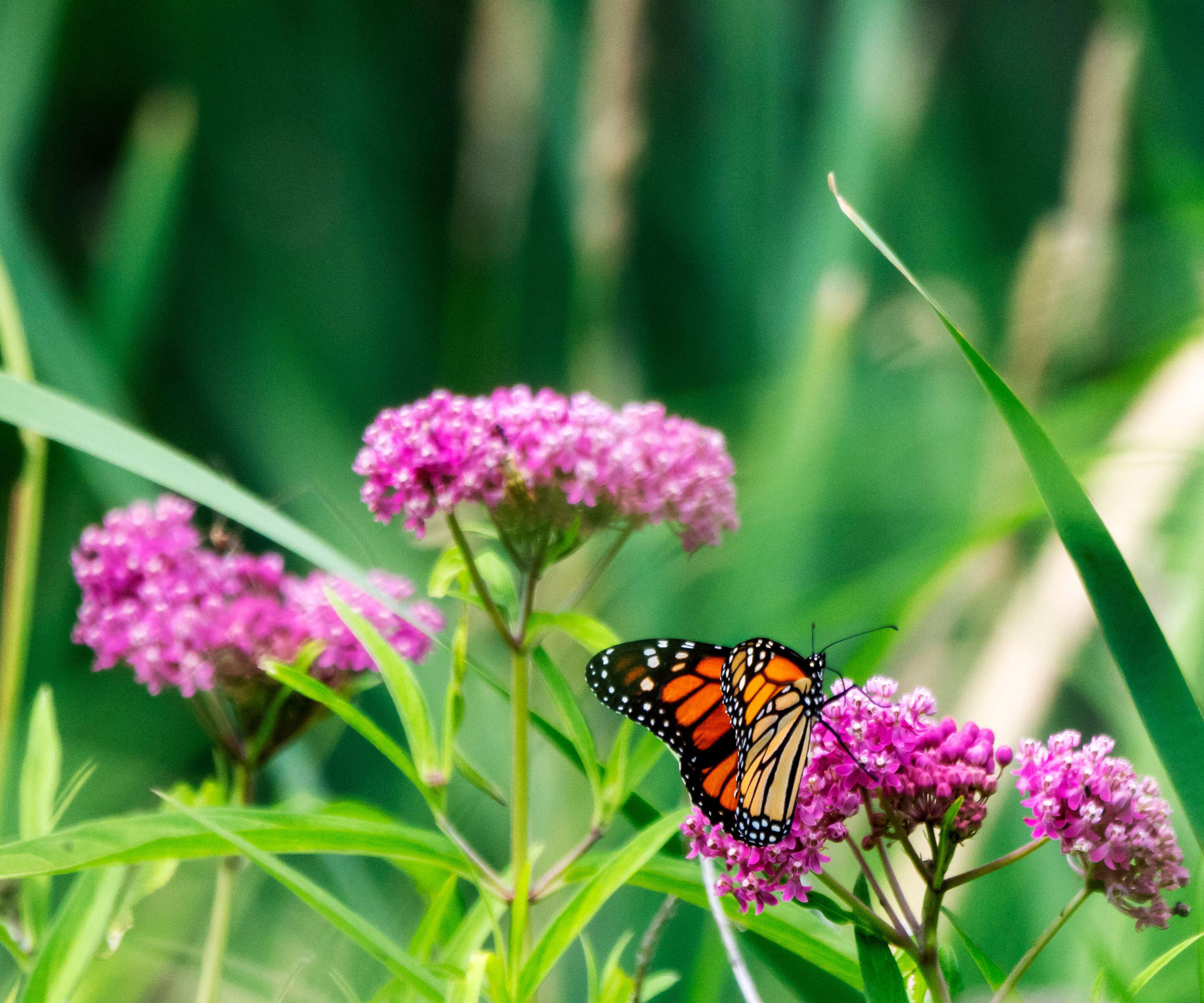
The milkweed pods are very distinctive. They are long and narrow, starting green in color and turning browner as they mature. Milkweed pods mature fully from late summer into fall, which is the window for collecting seeds.
Design expertise in your inbox – from inspiring decorating ideas and beautiful celebrity homes to practical gardening advice and shopping round-ups.
Getting the timing right is crucial when you harvest milkweed seeds. They want to mature fully on the plant; otherwise, they are unlikely to germinate when you sow them. The easiest way to tell ripeness is to examine the color and texture of the seeds and pods.
Fully mature pods will have started to split open, or will easily split with light pressure applied. If it does not split when gently squeezed, it is not ready. The ripe seeds inside should be brown; white or pale-colored seeds are not mature enough to collect.
When you are too late, the pod will have fully split open and dispersed its seeds into the wild.
How to harvest milkweed seeds
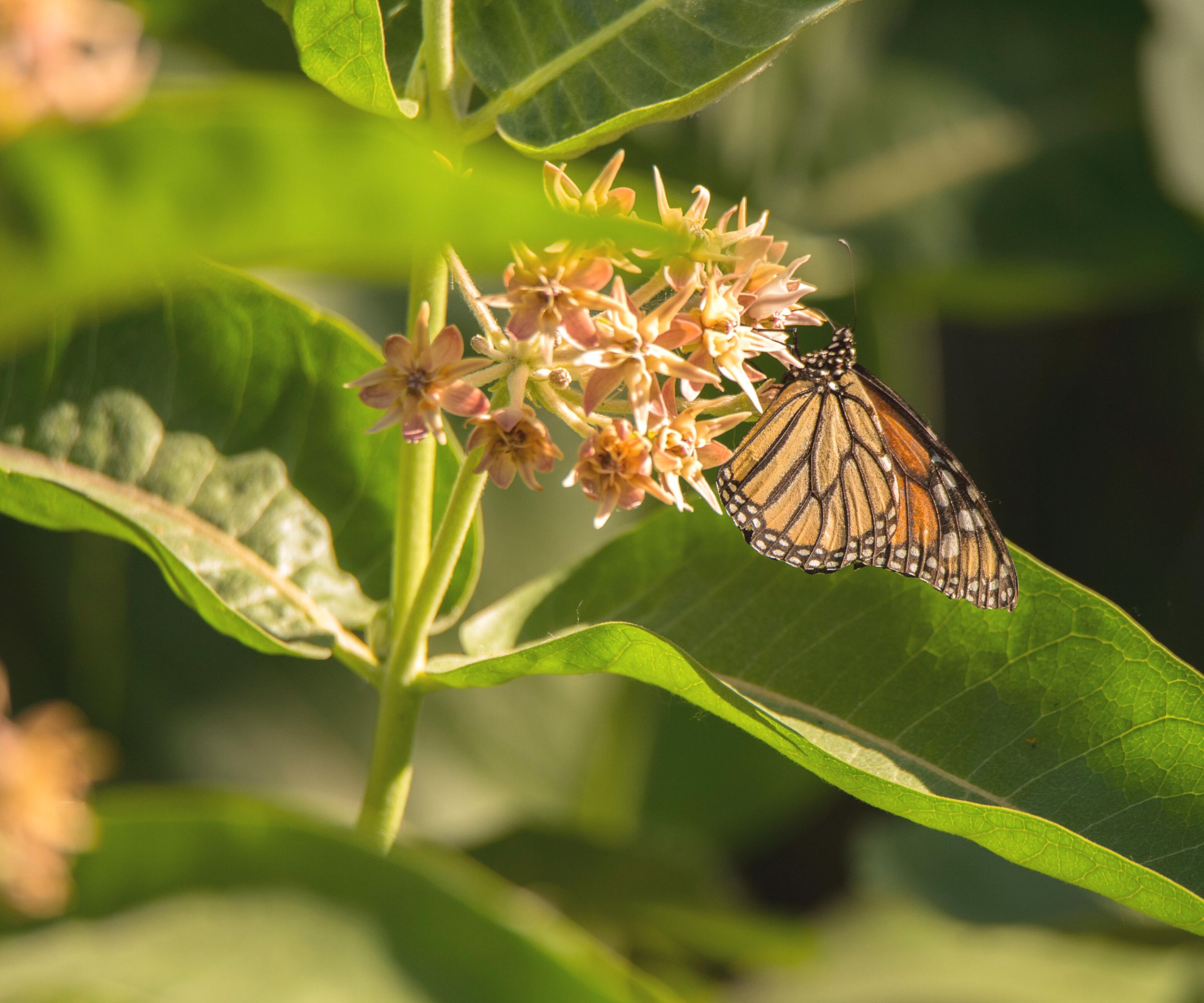
It is important to check for the presence of milkweed bugs when harvesting pods. It is recommended to avoid picking any open pods that have milkweed bugs. Their presence indicates the seed may not be viable for germination, and you don’t want to introduce the bugs to your bag of freshly collected seeds.
When you identify ripe pods, cut them from the plant at the base with a pair of clean, sharp pruning shears, garden snips, or scissors and place them into a paper bag.
The next step is separating the seeds from the floss, which is the white fluff inside the pod that causes it to burst open. The amount of floss you have to deal with will depend on your timing, as the floss expands as the seed pod opens.
Gently open the pod to get to the seeds and floss. If the floss hasn’t expanded, you can pull it and the seeds out and separate the two by hand by stripping the seeds away.
If the floss has covered the seeds, there is a nifty trick for separating the two. Place your collected seeds and floss into a paper bag with a couple of coins. Then shake the bag before cutting a small hole in the bottom corner. The seeds will fall out and can be collected, while the bulkier floss should remain in the bag.
It is imperative to store seeds properly. Store your collected seeds in paper bags, and always avoid keeping them in plastic bags or boxes. This is a seed storage mistake as plastic creates moisture, causing the seeds to develop mold. It is also bad practice to store damp seeds and keep chaff, floss, or other plant debris on the seeds during storage.
FAQs
How long do milkweed seeds last?
How long you can store seeds depends on many factors, primarily where and how they are stored. However, all seeds do lose their viability as they age, as their germination rate decreases year after year. Milkweed seeds will remain in top shape for around three years after collecting them when stored in an airtight and cool place, but their viability will start to decline from that point on.
Are milkweed seeds poisonous?
Milkweed contains cardenolides and all parts of the plant, including the leaves, stems, seed pods, and seeds, are toxic to animals and humans.
You can plant milkweed seeds in fall or spring. Sowing indoors in spring means you have to stratify seeds, to give them a period of cold to break dormancy. Sowing milkweed seeds outdoors in fall naturally exposes them to cold, and they will germinate in spring.
If you do plan to sow seeds indoors, you can provide a period of cold stratification by putting the seeds in a refrigerator for around a month before sowing.
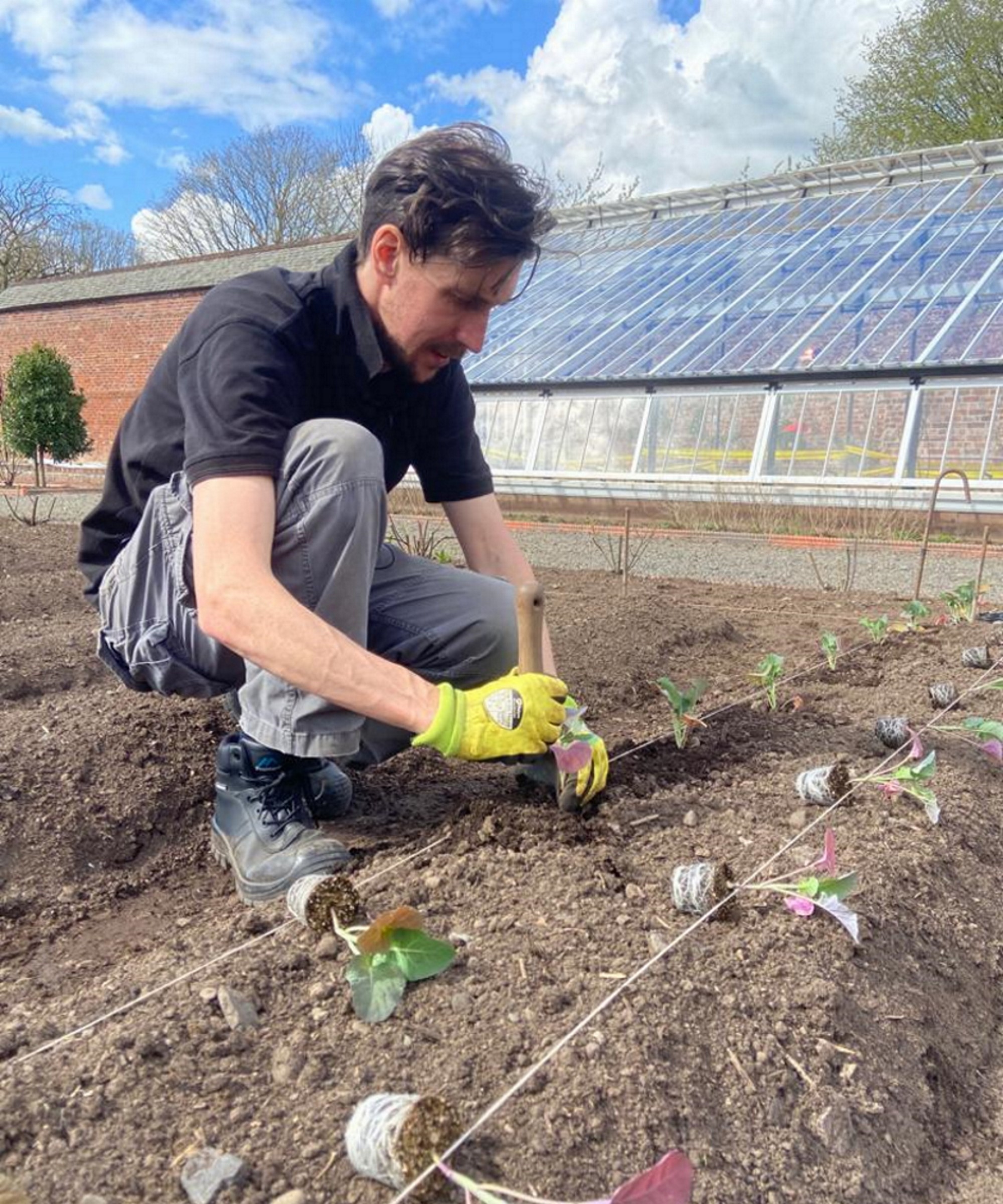
Drew has worked as a writer since 2008 and was also a professional gardener for many years. As a trained horticulturist, he worked in prestigious historic gardens, including Hanbury Hall and the world-famous Hidcote Manor Garden. He also spent time as a specialist kitchen gardener at Soho Farmhouse and Netherby Hall, where he grew vegetables, fruit, herbs, and cut flowers for restaurants. Drew has written for numerous print and online publications and is an allotment holder and garden blogger. He is shortlisted for the Digital Gardening Writer of the Year at the 2025 Garden Media Guild Awards.
You must confirm your public display name before commenting
Please logout and then login again, you will then be prompted to enter your display name.

